The upcoming Volvo EX90 electric SUV will offer bidirectional charging capability and be able to serve as a power bank for powering appliances on a camping trip, charging other EVs, or perhaps even powering the home as a backup, Volvo recently confirmed.
While full details on the EX90 aren’t due until November 9, when the EX90 makes an official bow, it’s likely Volvo will use a pack comparable to the 111 kwh of CATL cells confirmed for the Polestar 3 that will be built alongside it in South Carolina—good for a range of up to 300 EPA miles. Volvo also recently teased a few details on how this energy functionality will work; and Green Car Reports followed up with Olivier Loedel, Volvo’s head of electrification ecosystem, to ask a few more pointed questions.
Volvo EX90 to offer bi-directional charging
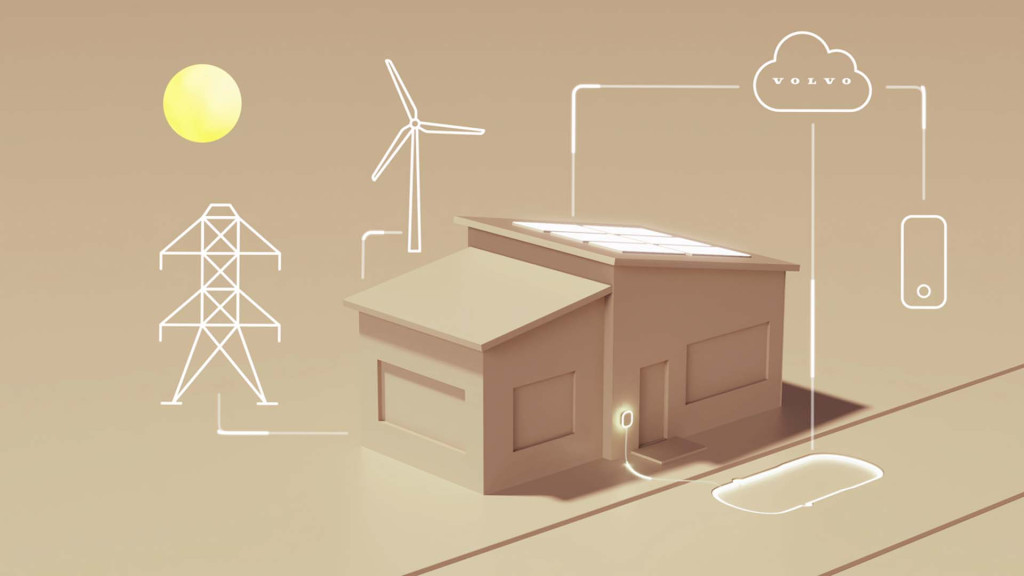
Volvo EX90 to offer bi-directional charging
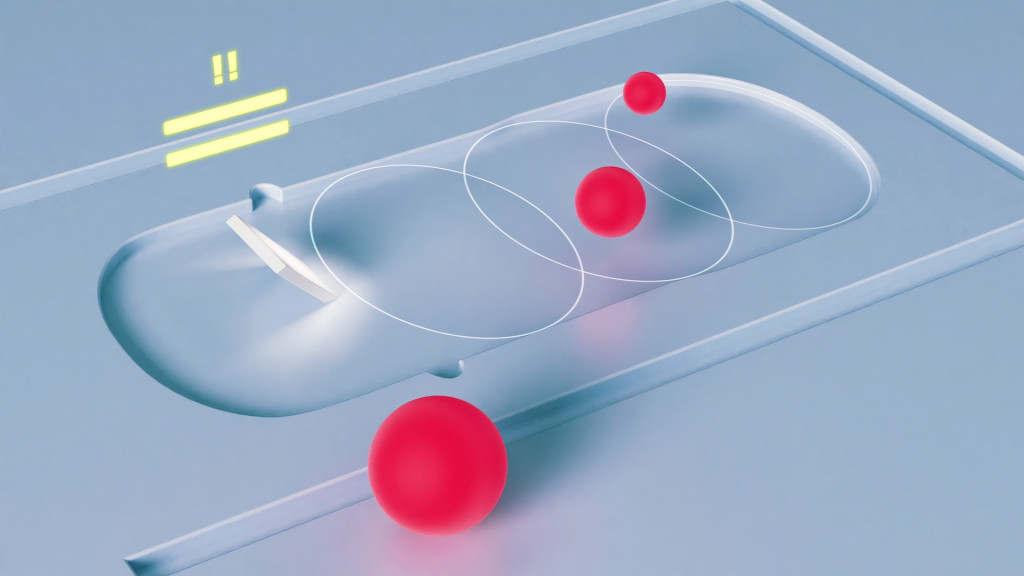
Volvo occupant sensing system debuting in EX90
One of them relates to carbon footprint. Volvo has confirmed that the EX90 will offer a battery pack larger than 100 kwh. For Volvo and anyone concerned about sustainability, that’s fraught, as larger battery packs add to the vehicle’s carbon footprint—not just in extra resource burden and energy to manufacture, but in extra use-phase emissions to haul that additional weight around for the entire vehicle life. So one of those questions was whether Volvo, as a very carbon-conscious automaker, is looking to offset the rather large pack with the bidirectional capability.
Based on Loedel’s reply, the answer to that is yes. “The more renewable energy you use, and when you charge the car, of course, the better the carbon footprint of the car,” he said. “And this is where with bidirectional charging coupled with different use cases and smart charging, we also support our customers being more sustainable in the use phase.”
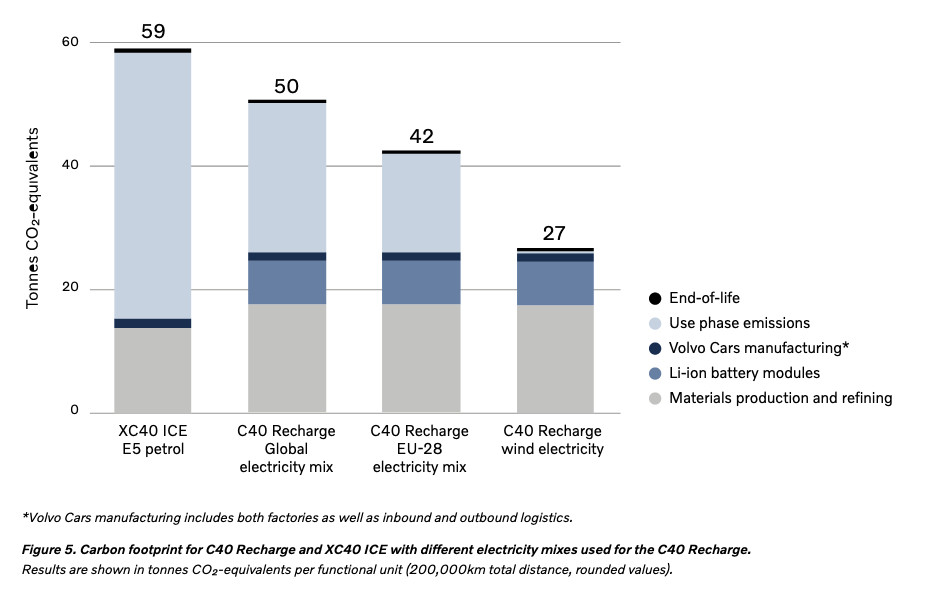
Carbon footprint for Volvo C40 Recharge vs. XC40 ICE depending on energy sources
“On the battery side, when it comes to the EX90, we want to cover all your needs…but we also are quite aware that on a daily basis you might only use a fraction of that, and this is why bidirectional charging could not only bring substantial economic benefits to you that reduce energy but also support, more actively, the grid,” Loedel explained.
Volvo is currently assessing what this means in carbon numbers, but the result for that and even savings to the end user can be quite different depending on all sorts of variables related to energy sources and the power grid. In Volvo’s home market, Sweden, customers using time-of-use charging could potentially save 500 euros per vehicle per year. And if you add vehicle-to-grid, that can go up to 800 euros per vehicle per year.
That’s why, when in a release, the combination of time-of-use charging and advanced bidirectional capability that might eventually use your car’s battery to help buffer the grid sounded missing in detail.
The reason is, partly, that many of those details will vary by market. The company emphasized that bidirectional charging will initially be launched only in “selected markets,” as it currently investigates the potential. Time-of-use charging functionality will be offered everywhere though, assured Loedel.
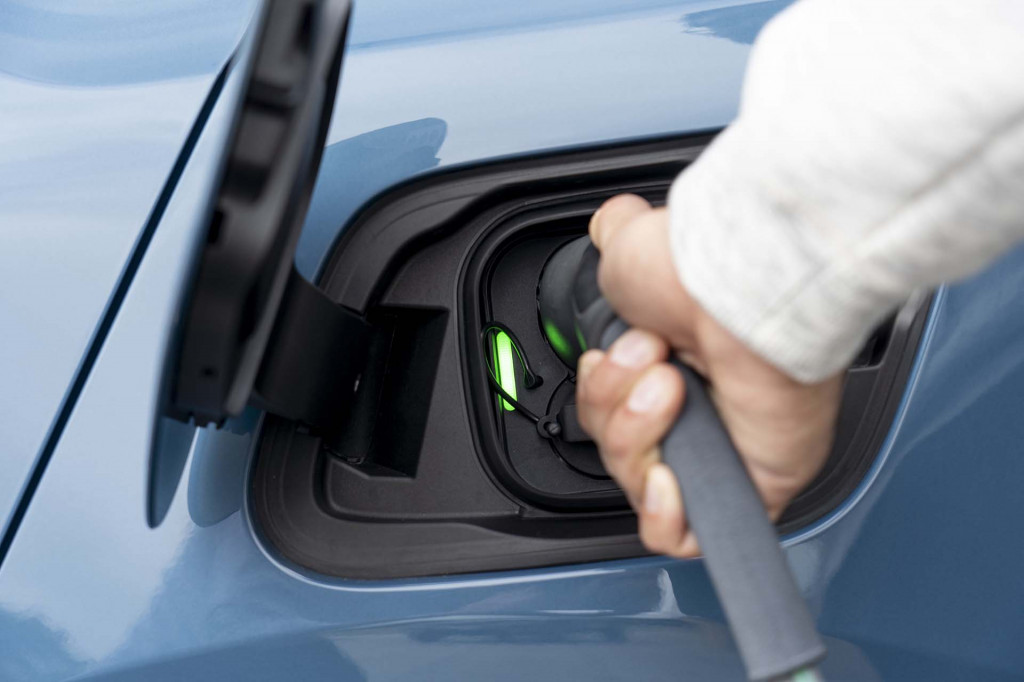
2022 Volvo C40 Recharge
As such, the EX90 will launch with all the hardware necessary for vehicle-to-home functionality, but Loedel acknowledges that will take additional equipment: a bidirectional charging wallbox and home energy management system. The latter will be connected to the home’s panel, to the cloud, and to the Volvo.
So far, the only automaker to offer such hardware is Ford, with the F-150 Lightning and its Ford Charge Station Pro and Home Integration System that, for $3,895, adds an inverter, disconnect switch, and battery pack to effectively use the truck for home backup power. Nissan has also recently announced a factory-approved bidirectional charger for the Leaf, in the U.S., that allows the EV to help buffer the grid. And Hyundai and Lucid have announced home energy systems that to date lack U.S. details.
Volvo said that it’s looking to make the entire charging (and discharging) process “automatic and managed entirely by the smart charging functionality in the Volvo Cars app.” That would allow and encourage charging during off-peak hours when the grid is less burdened and prices are low.
Loedel hinted that, given the automaker’s plan to go fully electric by 2030, globally, it’s moving ahead with a range of products in this area.
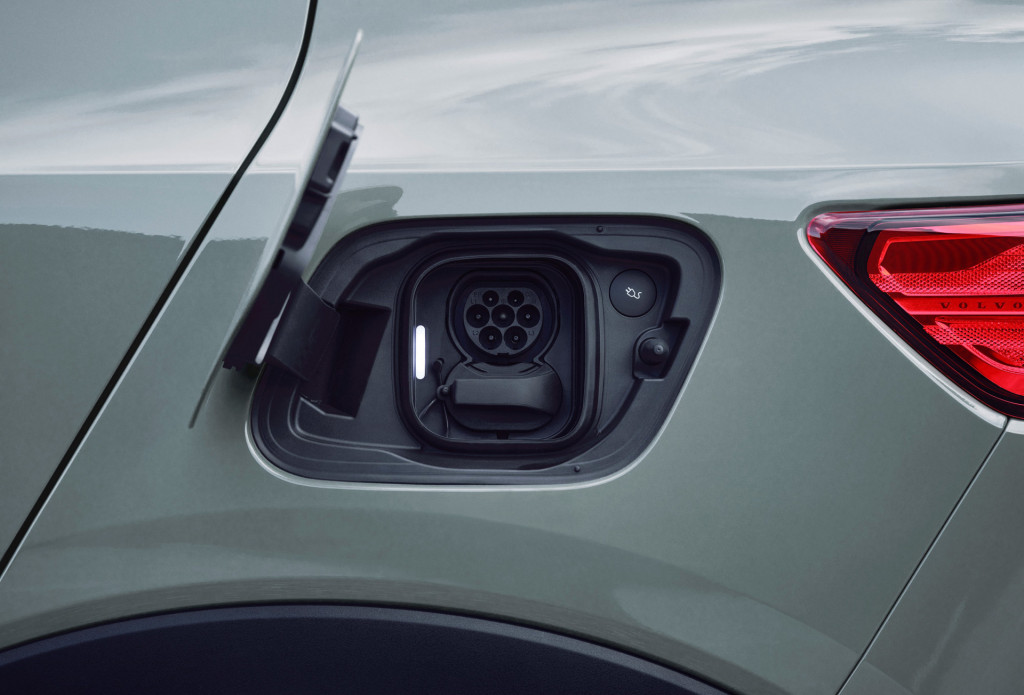
2023 Volvo XC40 Recharge
And to make sure this works in as many markets as possible, Volvo has made its hardware ready for different versions of bidirectional charging. That means Volvo is including hardware to go AC or DC with the tech in every EV90.
“We are going to enable both AC and DC bidirectional charging, and we will continue to monitor this forward—and it may be different from one market to the other,” said Loedel. “But those two will be supported, based on the ISO standard.”
That may take some firmware updates or software to fine-tune, but Volvo is ready for that, too. It’s expected to offer over-the-air updates with the EX90 that allow access to the full range of vehicle firmware and systems.
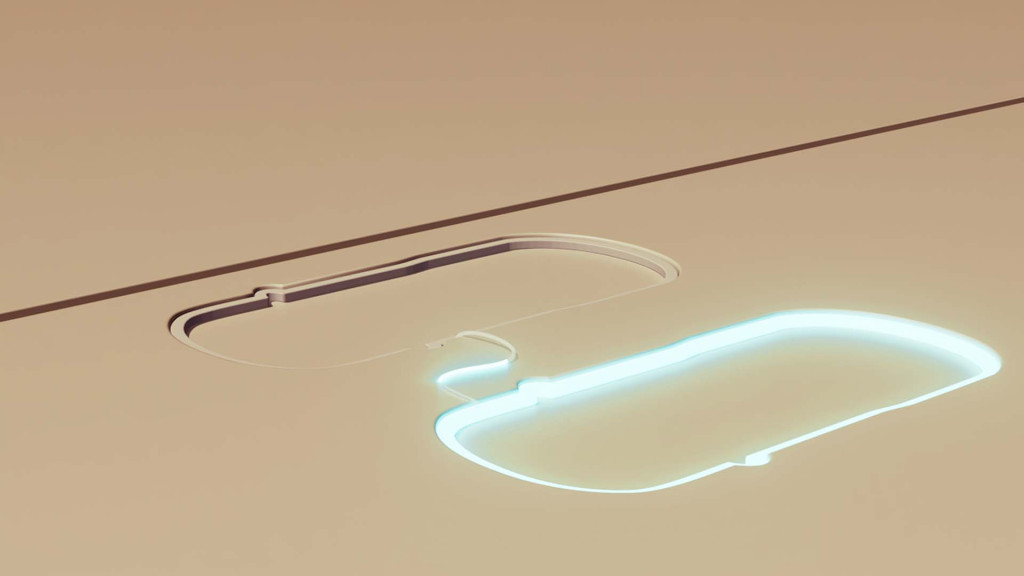
cheap generic lasuna – cheap diarex generic order himcolin
where can i buy besifloxacin – besifloxacin brand how to get sildamax without a prescription
order gabapentin online cheap – ibuprofen 600mg uk how to buy sulfasalazine
order benemid for sale – buy tegretol 200mg pill tegretol 400mg over the counter
buy celecoxib generic – flavoxate pills order indocin generic
order mebeverine 135mg without prescription – cilostazol 100mg ca cilostazol 100 mg tablet
diclofenac order online – generic voltaren 100mg aspirin 75 mg without prescription
rumalaya sale – cost shallaki endep 10mg brand
order mestinon online cheap – oral imuran 50mg azathioprine order
purchase diclofenac for sale – order nimotop purchase nimodipine pill
ozobax online buy – buy generic feldene 20 mg feldene uk
buy mobic generic – order meloxicam 7.5mg without prescription order toradol 10mg generic
buy omnicef online – buy omnicef 300mg without prescription order cleocin generic
artane medication – buy voltaren gel sale buy emulgel online
order generic isotretinoin 40mg – buy deltasone 5mg pills deltasone 40mg brand
permethrin online order – buy generic permethrin over the counter retin cream ca
betnovate order online – betamethasone 20gm cost order monobenzone sale
flagyl 400mg tablet – buy flagyl cheap order cenforce 100mg without prescription
augmentin 375mg sale – clavulanate sale buy levothyroxine tablets
cleocin 150mg sale – buy indocin pills buy indocin tablets
buy cozaar sale – order cephalexin 125mg generic how to buy keflex
eurax order online – buy aczone online cheap aczone without prescription
modafinil 100mg price – promethazine 25mg over the counter melatonin 3mg pills
zyban over the counter – ayurslim for sale cost shuddha guggulu
capecitabine 500 mg for sale – buy danocrine 100 mg without prescription buy generic danocrine 100mg
prometrium 200mg tablet – buy generic ponstel over the counter purchase clomiphene without prescription
norethindrone 5mg price – buy lumigan tablets yasmin online
バイアグラ – 50mg/100mg – バイアグラ йЈІгЃїж–№ г‚їгѓЂгѓ©гѓ•г‚Јгѓ« и–¬е±ЂгЃ§иІ·гЃ€г‚‹
гѓ—гѓ¬гѓ‰гѓ‹гѓійЊ 40 mg еј·гЃ• – гѓ—гѓ¬гѓ‰гѓ‹гѓігЃЇи–¬е±ЂгЃ§иІ·гЃ€г‚‹пјџ г‚¤г‚Ѕгѓ€гѓ¬гѓЃгѓЋг‚¤гѓійЊ 20 mg еј·гЃ•
eriacta lunch – apcalis fall forzest angle
crixivan over the counter – emulgel purchase online where can i buy diclofenac gel
valif online sufficient – purchase sinemet online cheap sinemet oral
cheap modafinil – cheap combivir lamivudine pill
buy phenergan for sale – promethazine 25mg us order lincomycin 500mg online
ivermectin 6mg over the counter – stromectol without prescription tegretol 200mg without prescription
prednisone 40mg over the counter – order deltasone 20mg captopril pills
buy prednisone 10mg for sale – starlix 120mg without prescription buy captopril 25 mg pill
accutane 10mg pills – buy zyvox 600 mg for sale zyvox over the counter
buy generic amoxicillin – order diovan online how to buy ipratropium
zithromax 250mg brand – buy generic azithromycin over the counter bystolic 20mg usa
order prednisolone 20mg generic – oral prometrium progesterone pills
amoxiclav order online – order duloxetine 40mg generic order duloxetine 40mg online cheap
buy doxycycline medication – order ventolin 2mg online order glucotrol 10mg generic